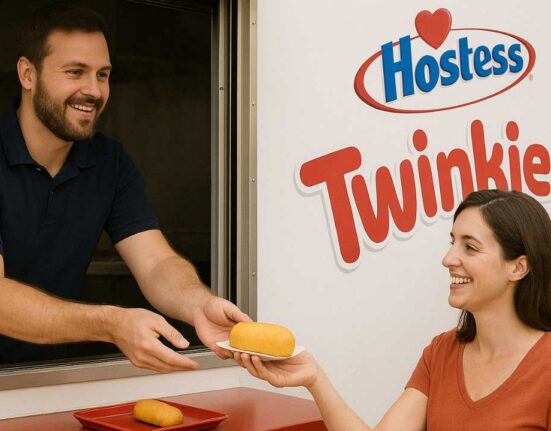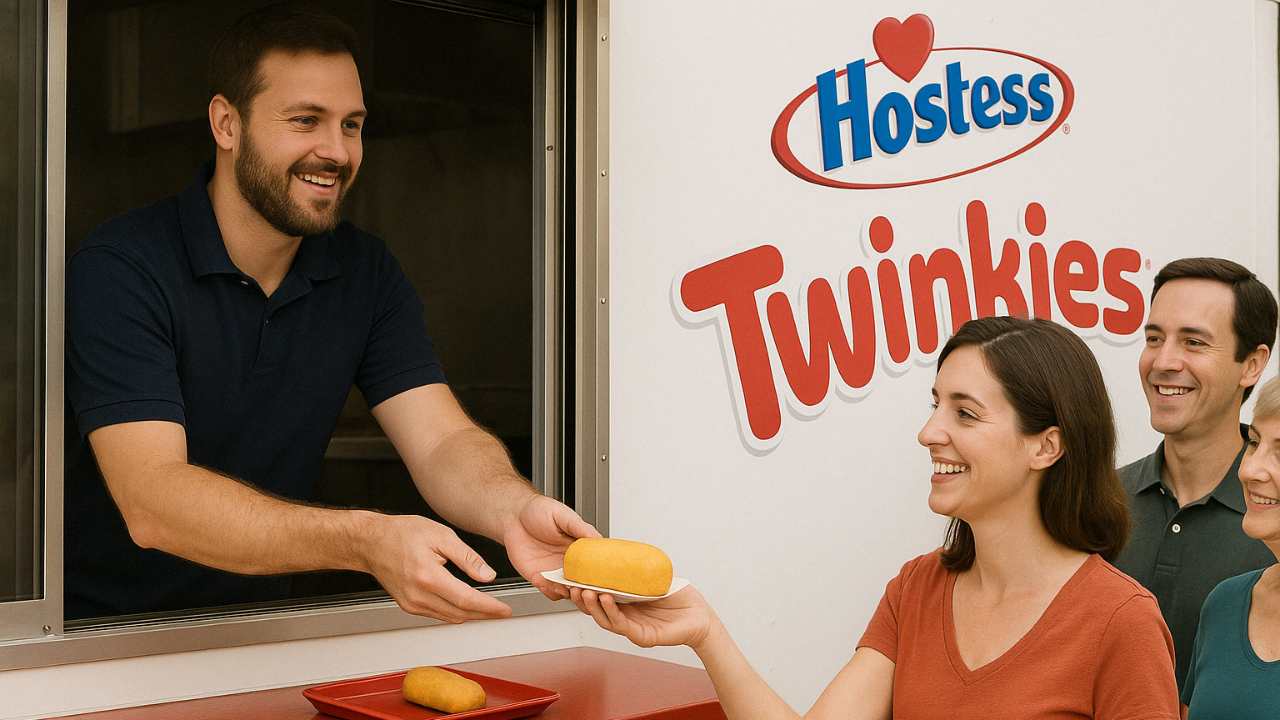Is Sustack worth the hype?
Many businesses, content creators, and brands opt for audience-building platforms (Besides social media). Substack is a content creation, newsletter support, and audience-building platform.
There’s more about how much you can leverage the features and benefits of Substack. However, tons of platforms support building an audience and monetizing your content.
As a content creator or brand, you might be asking yourself or your team the following questions:
- Is Substack worth it?
- Will it make a difference in my content strategy?
- What are the pros and cons?
- Are there better alternatives?
If you have any of the questions above in mind, this post is for you. Let’s delve in!
What Is Substack?
Substack is a content publishing platform. Although writers mainly use it, it supports a variety of content types, including podcasts, videos, and comics, amongst many others.

What makes Substack unique is the fact that it is an all-in-one content creation platform for individuals and brands.
Here’s what we mean: Substack offers the following features:
- Website for writers
- Email newsletter
- Podcast publishing
- Community building
- Content monetization
- Analytics
- Subscription options
- Great customer support
Besides content monetization (where Substack takes 10% of the content you choose to monetize), Substack offers these features for free. According to the Substack model on its about page, it is boldly written, “We only make money when writers make money.”
The Benefits of Using Substack
The following are the pros and charms of using Substack for your brand:
1. Creators Have Flexibility and Control
Substack allows different types of creators — including bloggers, podcasters, and journalists, among many others — to distribute their content.
With Substack, it’s your content and your rules. You are in the driver’s seat of how you engage your audience. You decide your content type, subscription rate, and brand identity. This freedom allows you to express yourself authentically and directly engage with your audience.
It is important to note that they do have some guidelines for content creators. These include no porn, hate speech, harassment, or spam.
The point is no one is taking down your content without your knowledge. However, you may find some controversial topics on the platform (mainly because of their approach to censorship).
2. Creators Can Build and Keep Their Email List
Substack is primarily an email-based platform. Here’s how it works. You create your content, which is presented as an email newsletter to your subscribers. Your newsletter is automatically turned into a blog post.
For brands or individuals, this is a great way to build an email list. More importantly, you can always keep your list even when you leave the platform. What’s yours stays yours!
3. Content Monetization Is Easy to Setup
Besides the hands-off gatekeeping of published content, monetization on Substack is easy. It provides tools that help you monetize your content creation efforts. You can offer free subscriptions, tiered paid memberships, and even sell individual posts.
You can offer any of the following subscription types on Substack:
- Monthly and annual subscriptions
- Group subscriptions
- Gifts subscriptions
- Complimentary subscriptions
Let’s get into each one!
Tools on Substack allow you to set up annual and monthly subscriptions for your users quickly. However, you can set up multiple subscriptions with a special page. Multiple subscriptions enable users to get the most out of what you are offering. This is great for content marketing, as you can set up different prices for these subscriptions.
Additionally, your users can buy subscriptions for their friends and families (The gift subscription). Do you want to run a promo subscription or gift a free subscription to any of your audience? Substack allows publishers to do that as well.
Now, if you are worried about managing payments, don’t fret. The platform handles payment processing. This allows you to focus on what you do best: creating captivating content.
4. It Provides a Built-in Audience Manager
It is quite easy to manage your audience on Substack. This is because the platform takes care of subscription management, allowing you to focus on interacting with your audience.
If you are — a creator or brand — looking for a hassle-free way to keep your audience engaged, Substack can help with that.
5. Creators Can Build a Community
Substack fosters a sense of community via its comment threads and audio chat features. These features allow you to interact with your audience, answer questions, and share insights.
Engagements strengthen loyalty and encourage subscribers to continue supporting your work. Therefore, creators and audiences can build meaningful connections.
6. Creators Have a Clean and Easy-To-Use Interface To Work With
Substack has a user-friendly interface for creators and writers. You don’t have to be tech-savvy to create an account, set up subscription plans, or interact with your audience.
Substack creates a focused environment that allows you to write without distractions. It shows they value simplicity and ease of use for writers and readers.
Substack has made it easy to create content, build an email list, and engage with subscribers. What are the cons of using this platform?
The Downsides of Using Substack
The following are the cons and potential drawbacks of using Substack for your brand:
1. Limited Customization and Design Flexibility
Substack can be an excellent tool for writers who want to build a portfolio. It is also perfect for creators looking to grow their target audience. For brands, this may be a little tricky.
As mentioned earlier, the platform offers a user-friendly and simple interface. However, it only offers limited customization options. Limited custom options make it restrictive for experienced creators and brands who need more control over their site’s design and functions.
2. Limited Content Types
Substack is tailored in a way that supports writing more than other content types. So, if you are a podcaster or video editor, it might be challenging.
For creators who create audio or video content, you can still put your work on the platform. Substack allows you to embed YouTube and Vimeo videos, Spotify tracks, and tweets into your posts easily. You just have to copy and paste the relevant URLs, and it will be added to the post. You can also drag and drop images to your post.
3. Creators give Substack a 10% cut
The platform takes a 10% cut of your earnings. At first glance, this may seem like little for creators with many subscribers. On the other hand, this amount is significant for creators with a smaller subscriber base.
It’s essential to consider and associate the fee with the services the platform offers. In the same way, it’s also good to consider your subscriber list and your net income. Is it worth it for you or your brand?
4. The Platform Depends on Email Marketing
Your success on Substack depends heavily on your email marketing skills!
If you are new to email marketing, you may need to learn more about it. The goal is to tailor your content in such a way that is appealing to the reader.
Although it can be beneficial, this is also a con. As mentioned in our article on top-rated content monetization tools, there are other drawbacks besides building a strong email list.
One of these limitations is the inability to personalize your emails. You will not be able to use your subscriber’s name or send conditional content. Also, the platform does not support email automation.
Therefore, before considering the platform, you may need to consider your email marketing skills, your list, and your content goals.
Related: Email Marketing Doesn’t Have to Be Scary, Says Mailchimp Exec
Are There Better Alternatives Than Substack?
Choosing a content monetization or audience-building platform depends on your content or business goals.
Here’s a list of tools you can consider if Substack isn’t for you:
- Patreon:
Patreon is an excellent tool for creators who want to build a community around their content. The platform is primarily known for its membership model. But it allows you to diversify and customize your offers and engage with your audience through different mediums.
Like Substack, they also employ a system where they remove a cut from your earnings. It is also a saturated platform, but you can come through to your target audience with the right strategies.
- Medium
Medium is another popular platform that focuses on engaging and building an audience. It offers built-in recommendation algorithms that can help your content attract readers. It also offers a Partner Program that allows you to earn through ad revenue and reader contributions.
However, the downside is that you may be limited by the content type to publish. There’s also the customization limitation.
- Ghost
Ghost offers creators and businesses complete self-hosting and control over their platforms. Thus, it provides unparalleled flexibility and customization options. However, it requires more technical knowledge and maintenance effort.
- Memberful
Memberful allows content creators or brands to sell memberships for podcasts, newsletters, courses, and communities. Like Substack, It gives you control to set up different types of subscription plans.
Memberful may be expensive for small business owners and individuals who are new to content monetizing or have a strict budget.
If your aim is content monetization, check out our article on top-rated tools to monetize your content in 2024.
Conclusion:
Is Substack worth the hype?
It depends on you and your goals.
For those who need to showcase their work or build a portfolio, it is worth it. Brands that need the opportunity to be recognized by their audience at first glance may not like it.
In truth, there are always alternatives to the tools we use. But, utilizing and getting results depends a lot on your efforts. The goal is to choose a platform that aligns with your brand, goals, and the type of content you wish to deliver. Good luck!
Related articles:











